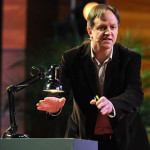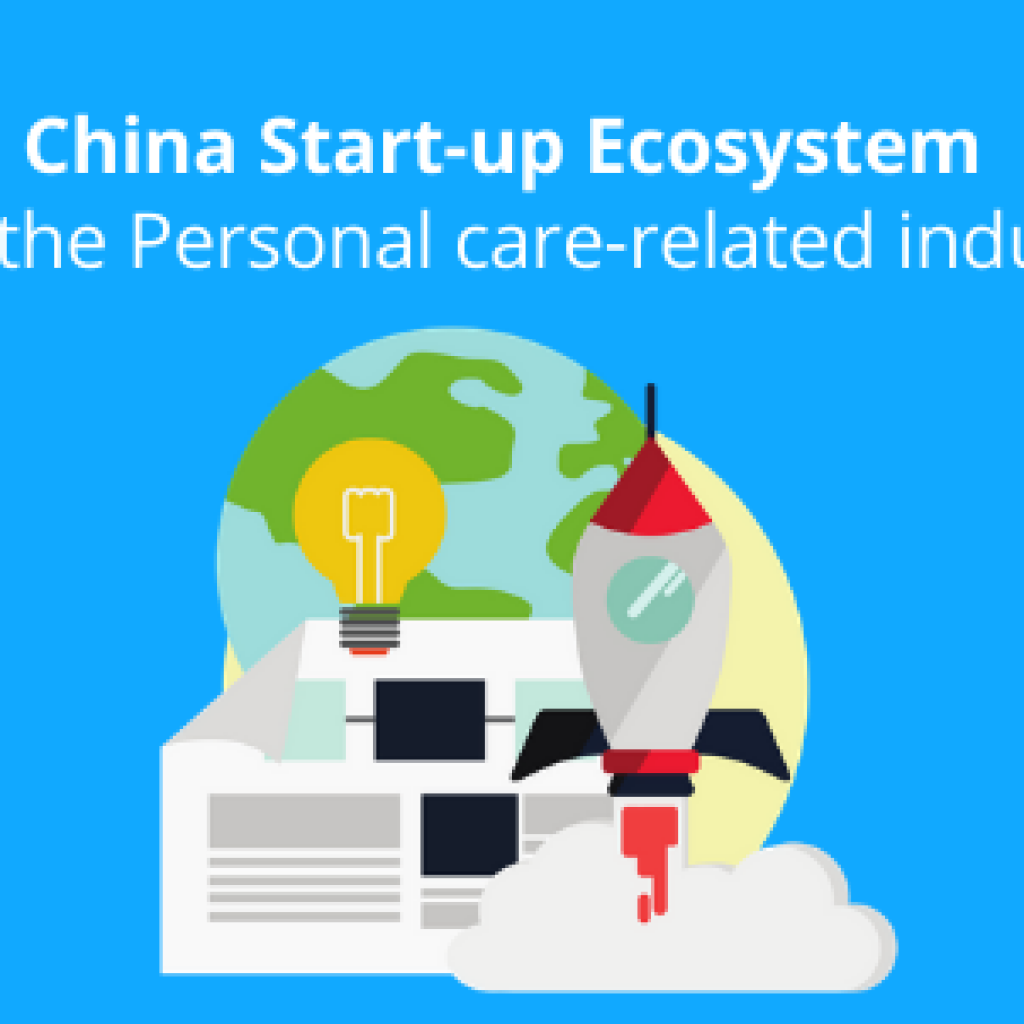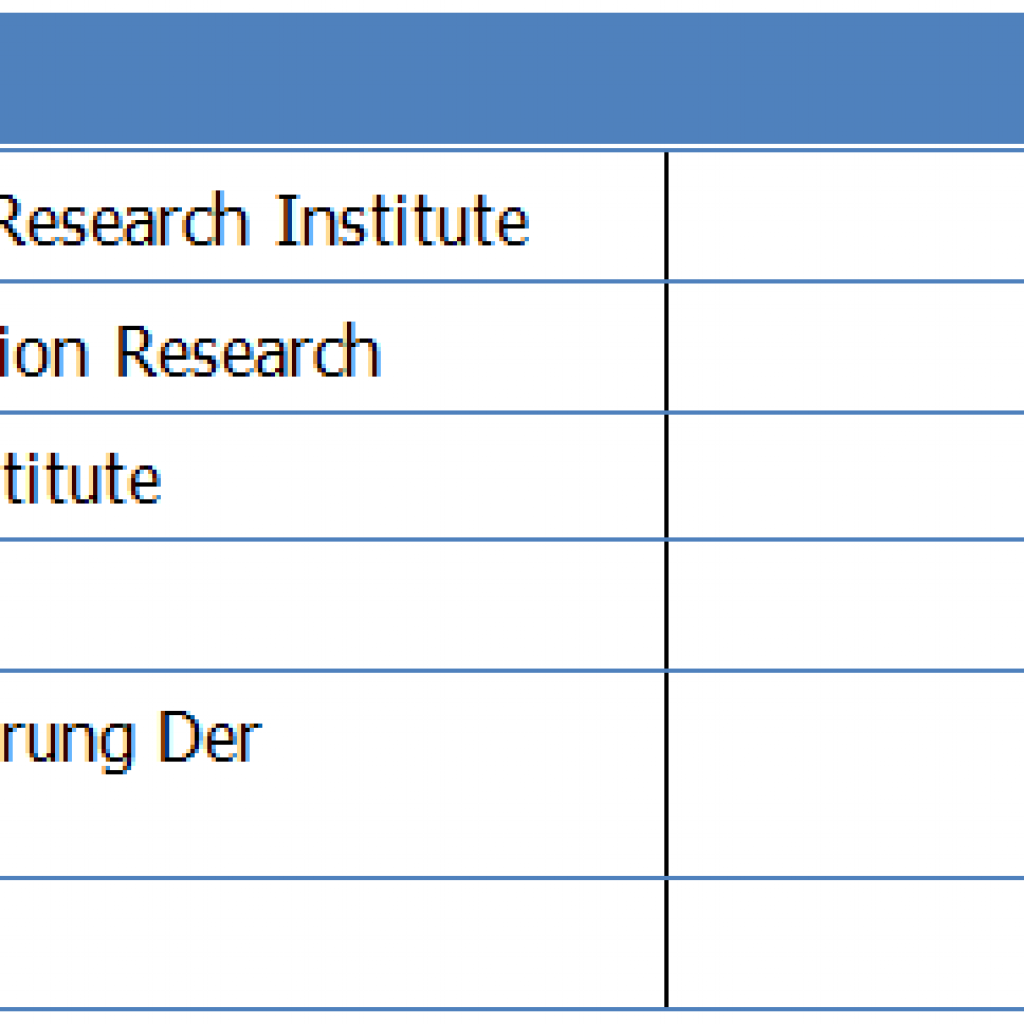In our last post of the LiFi series, we learned how LiFi Technology evolved in the past few years. We also learned how the companies are trying to make LiFi a household name. In this article, we will be exploring which companies were researching LiFi before it was introduced to the public.
In case if you haven’t read previous posts, this article is a part of our in-depth analysis on Li-Fi technology. You can use this small menu to jump to the relevant parts of the analysis if you’re interested in reading the relevant parts first:
- Who Was Researching In LiFi Technology Before 2011? (Before its public release)
Or if you want to get your hands on the entire analysis (including everything listed above), you can download it in PDF format using the form below:
Whenever someone mentions Li-Fi, the TED talk of Prof Harald Haas – the father of – LiFi flashes across the mind automatically. In Aug 2011, Prof Haas disclosed LiFi technology in public for the first time. Later on, in 2013, his company PureLiFi became the first company to manufacture a LiFi based product.
Was only Prof Haas, or the Edinburgh University working on the technology before its first public disclosure in 2011?
No, a lot of companies were researching in Li-Fi before Prof. Harald Haad demonstrated the technology publicly. The first company to file a patent in this tech was a Chinese telecom giant who first filed a patent on LiFi technology. Who?
Read on to find the answer.
Who was Researching in LiFi Technology before 2011?
To find the answer, we divided the patent data set into two parts. The first data set listed all the patents filed after 2011 and the second set listed patents filed before August 2011.
I analyzed the second part of the dataset which listed patents filed for LiFi technology way back from 2006. The patent filing trend depicted below portrays the number of patents filed every year before and after its official public disclosure.
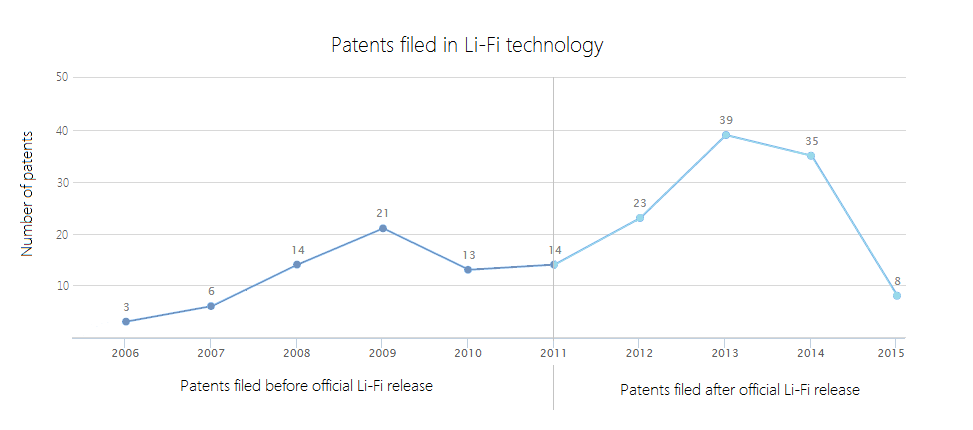
The origins of LiFi date back to 2006. Looking at the chart above, it seems pretty clear now that research in LiFi started back in 2006, 5 years before its public disclosure. Nearly 33% of all the patents on Li-Fi technology were filed before 2011. This indicates that research on LiFi started almost a decade ago.
Feature Download: Download your free copy of the “LiFi – From Illumination to Communication Landscape Study” whitepaper here: Click here to download
Top countries involved in LiFi research before 2011
After analyzing the second dataset, I was able to find the top five countries that were actively researching in the LiFi domain. The chart below represents their patent filing.
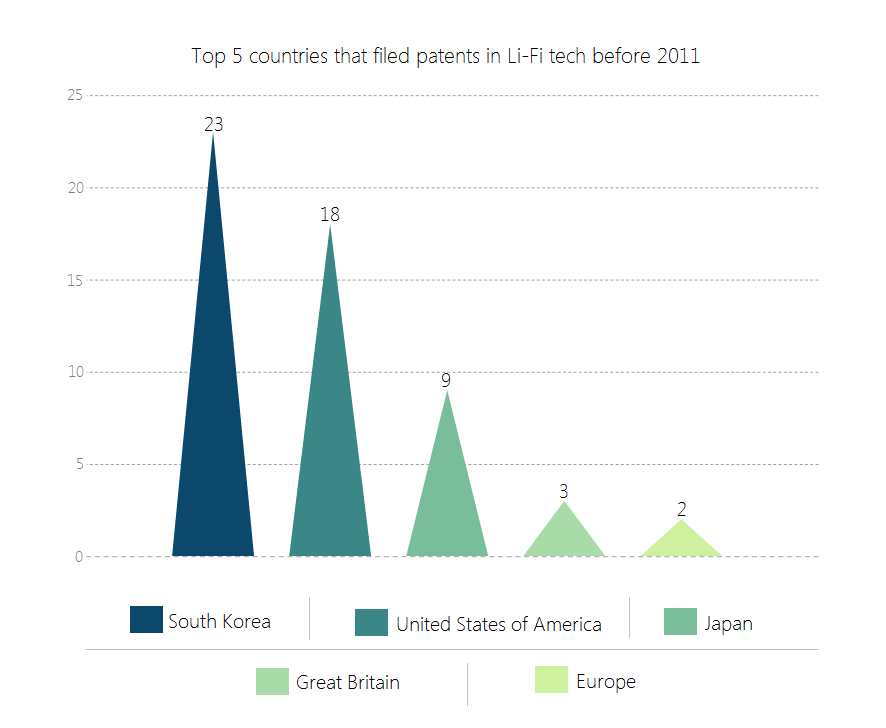
South Korea with 23 patents is at the top spot because Samsung and ETRI were among the first companies that started researching in this technology and have been exploring the domain since 2007. The US with 18 patents is at #2 spot followed by Japan where 9 patents were filed in LiFi technology. Great Britain, where Prof. Haas’ University is located, filed 3 patents and sits at the #4 position.
But the picture changes when we consider the overall patent filing in the last decade.
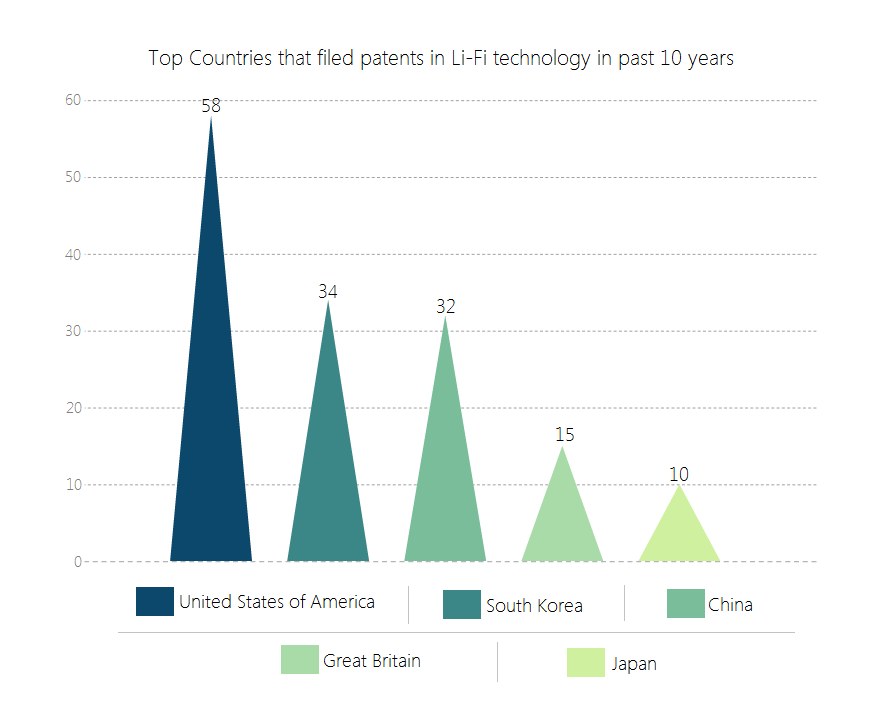
The USA with 58 patents tops the list and leaves South Korea behind which now occupies the second spot. We can also see China joining the top league and is at the 3rd place. The graph above witnesses how innovation in LiFi got accelerated after 2011 and changed the tech landscape completely in just five years.
Top Companies working on LiFi Technology
The graph below provides detail of the top five organizations that are early adopters in the LiFi domain.

Samsung, with 25 patents, tops the list and leaves others behind by a great margin. It filed its first patent on LiFi technology in 2007. Its first three patents were on the basic working of LiFi equipment. These patents disclose how communication using an LED bulb is possible.
What surprised me the most is finding the University of Edinburgh – where Prof Haas conducted research on LiFi –not making a place in the top five. This is not it. Prof Haas or the University of Edinburgh was not the first to file a patent on LiFi technology either. The first-ever patent on LiFi technology was filed by Huawei in 2006.
There are in total 3 patents of LiFi filed in 2006, out of which, one is filed by Huawei, another by Panasonic and the third one is the result of a collaboration between Elta Systems and Optigo.
After 2006, the research in LiFi accelerated with every passing year which is quite evident from the increase in patent filings. This happened because many other research institutes started pushing the envelope ahead. ETRI was one among them. It filed its first Li-Fi patent in 2007, then after a hiatus of three years, it resumed filing from 2010.
The Top Five Early Inventors Of LiFi Before 2011
Like top companies/institutes, the list of top five inventors came as a surprise, too. All the top five inventors were from Samsung.
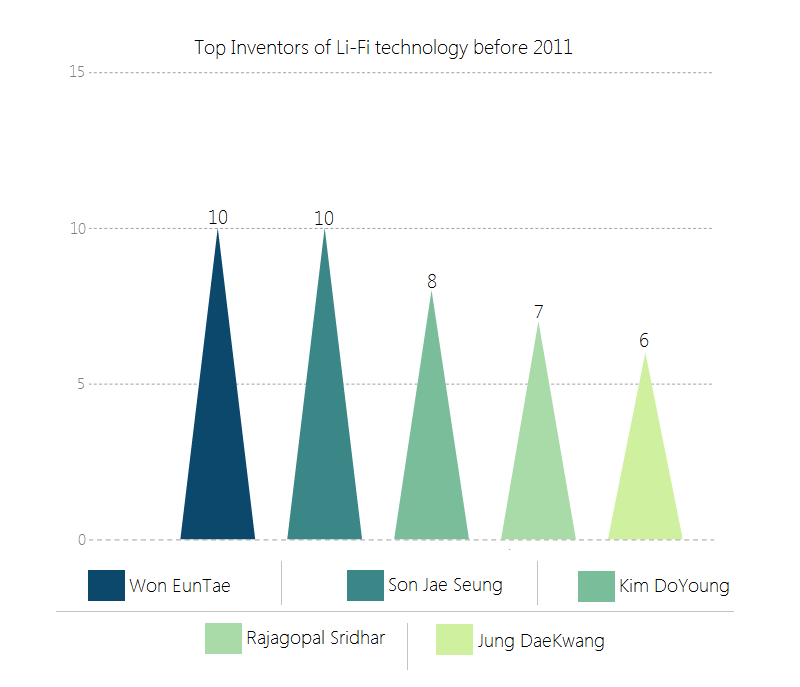
If we look at stats prior to 2011, Prof Haas’ name didn’t show up in the top five and he is at the 6th spot. This indicates that the Professor chose to publish research papers instead of filing patents. The father of LiFi, for example, published his first research paper on LiFi –First paper on practical OFDM implementation for VLC – early in 2006.
If we look at the total patents filed during 2006-15, Prof. Haas makes it to the top five and is the top 3rd prolific inventor filing patents. Son Jae Seung of Samsung managed to clinch the top spot.
Despite all these research trends, the ultra-fast internet via LiFi is still a far-fetched dream. Even though LiFi becomes common in the wireless internet marketplace, the disadvantages of LiFi will hinder it from replacing wifi anytime soon. Read more about why LiFi can’t replace WiFi in the near time.
Authored By: Shabaz Khan, Senior Marketing Analyst, Market Research.



